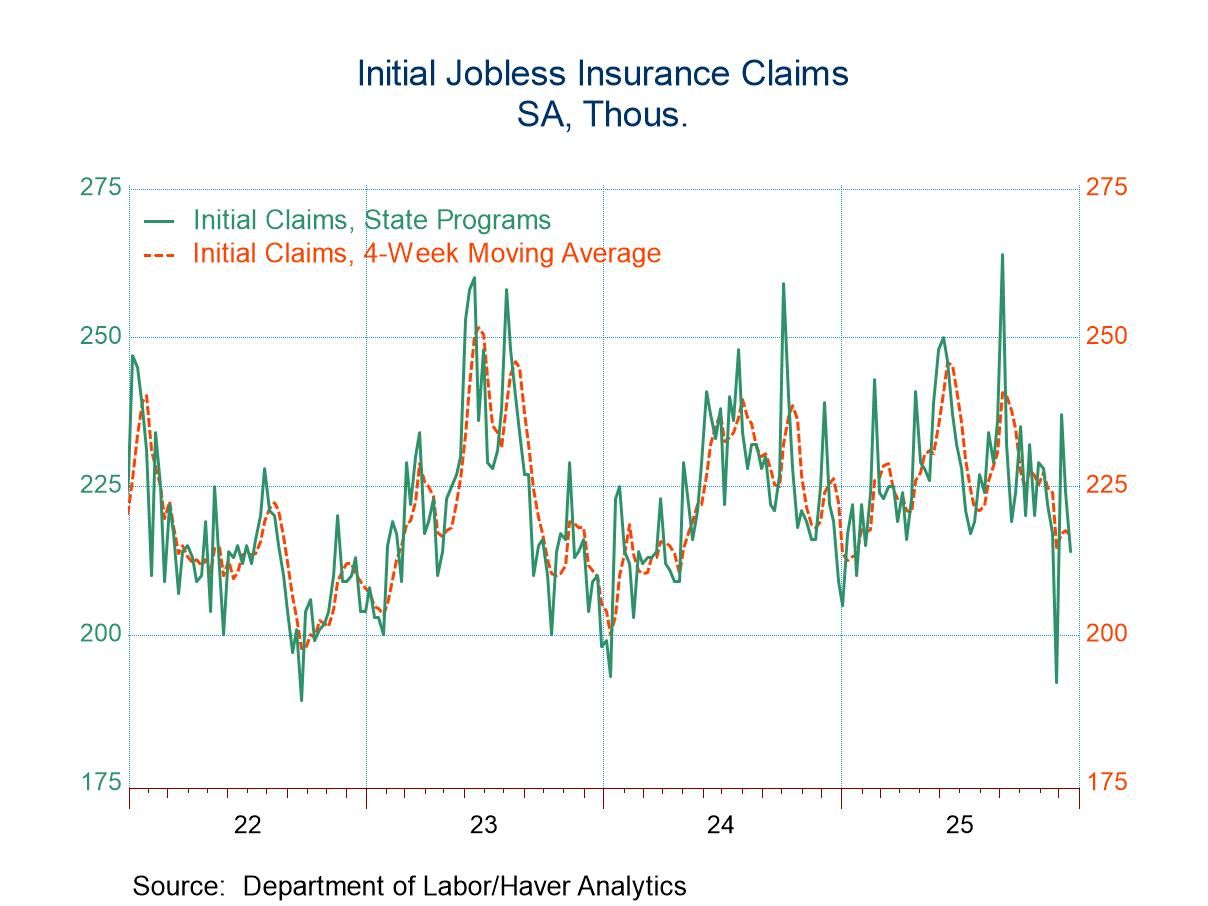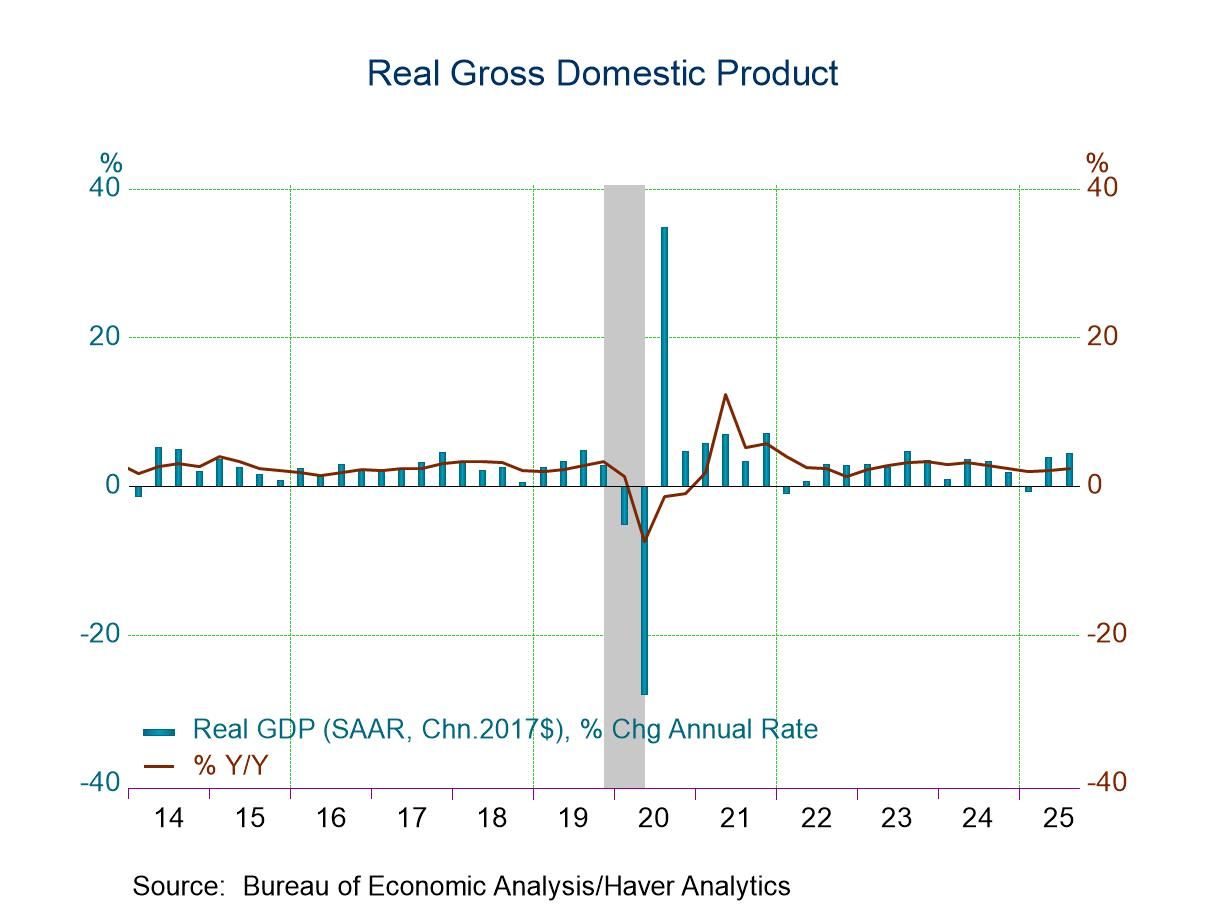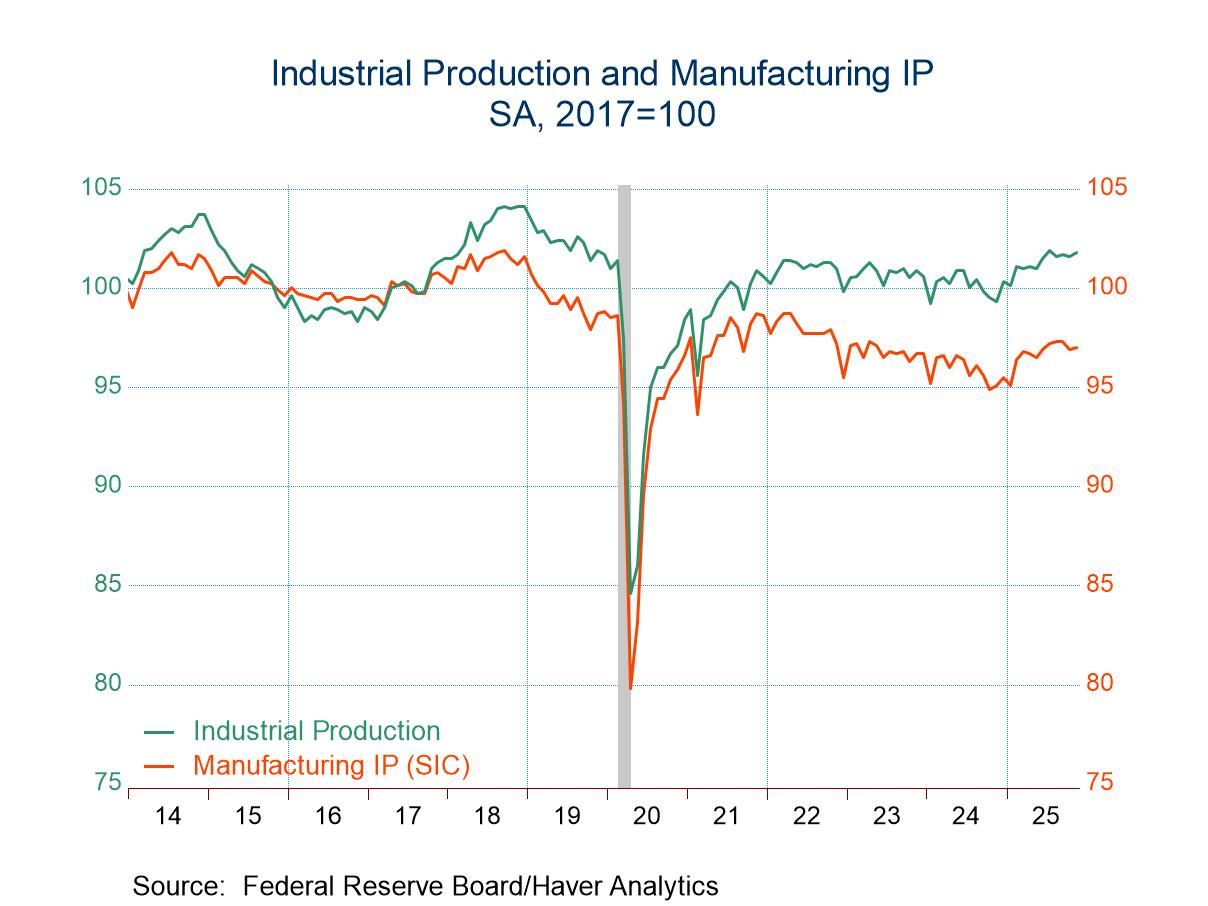Japan’s IP Jumps but… Everybody Knows This is Nowhere
Summary
Despite a sharp 4.5% month-to-month jump in Japan’s industrial production, a gain much larger than expected, Japan’s production index is still lower on balance over three-months six-months and twelve-months. It is still 5.8% below its level in January 2020 before Covid struck and it is only 87% of its past cycle peak. The March jump by itself is impressive and welcome, but Japan still has so far to go to repair the disruption it has had in manufacturing and across industry.

Despite a sharp 4.5% month-to-month jump in Japan’s industrial production, a gain much larger than expected, Japan’s production index is still lower on balance over three-months six-months and twelve-months. It is still 5.8% below its level in January 2020 before Covid struck and it is only 87% of its past cycle peak. The March jump by itself is impressive and welcome, but Japan still has so far to go to repair the disruption it has had in manufacturing and across industry.
The ‘red ink’ in the table above speaks volumes on how Japan’s industrial sector has been doing. March is a real breath of fresh air with output in total industry and manufacturing rising. The three-main manufacturing sectors show output increases: consumer goods, intermediate goods and investment goods. Utilities output increases. Only mining output and output in the textile industry (in the table) decline. But that is March.
More broadly considered, things look much worse. Total industry manufacturing, textiles and transportation show declines in output over 3-months, 6-months and 12-months. The three main manufacturing sectors and mining show nothing but declines on those horizons. The only exception, utilities, shows output increases over 3-months and 12-months. Japan is still severely and broadly weak in its industrial sector. Three-month growth rates are negative in double digits – or close to it- in all sectors and industries except utilities.
And the problem is even broader than that, as total output is still lower than its LEVEL of January 2020 before Covid struck by nearly six-percentage points. All sectors and industries in the table on that timeline are lower on balance except utilities.
In addition, if we compare current levels of output to the past cycle peaks we find (in the light-red shaded column) all values are below 100% (still lower than past cycle peaks). In fact, total output and manufacturing output are around 87% of past peak levels leaving output 13% below its past cycle peaks those were peaks we saw six to seven YEARS ago. Presumably capacity would have grown over that period, although with the state of industrial disruption in Japan - maybe not there.
These statistics, presented here, highlight the levels of activity instead of the growth rates. They show how impacted Japan’s industry has been. These have been difficult days. Japan has been greatly damaged by the period of great yen strength and the hollowing out that occurred, in previous decades. Its declining population has posed new challenges for the authorities including the emergence of a stubborn deflation that may have finally been put to bed. Japan continues to face severe challenges as the yen now is declining. A weak yen brings with it a different set of problems. Yes, a weak yen helps to restore competitiveness to industry, and it will lift import prices and help chase away deflation, but it causes cost increases for consumers.
Japan continues to struggle with policy, having a massive debt to GDP ratio, an ongoing fight to end deflation, a need to restore viable sustainable levels of interest rates, and with a need for government to deal with Japan’s demographic issues. March is good news for Japan’s industrial sector but not near enough of it.

Robert Brusca
AuthorMore in Author Profile »Robert A. Brusca is Chief Economist of Fact and Opinion Economics, a consulting firm he founded in Manhattan. He has been an economist on Wall Street for over 25 years. He has visited central banking and large institutional clients in over 30 countries in his career as an economist. Mr. Brusca was a Divisional Research Chief at the Federal Reserve Bank of NY (Chief of the International Financial markets Division), a Fed Watcher at Irving Trust and Chief Economist at Nikko Securities International. He is widely quoted and appears in various media. Mr. Brusca holds an MA and Ph.D. in economics from Michigan State University and a BA in Economics from the University of Michigan. His research pursues his strong interests in non aligned policy economics as well as international economics. FAO Economics’ research targets investors to assist them in making better investment decisions in stocks, bonds and in a variety of international assets. The company does not manage money and has no conflicts in giving economic advice.






